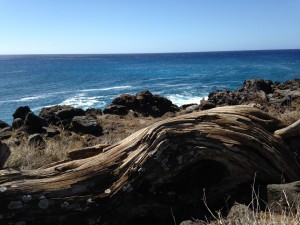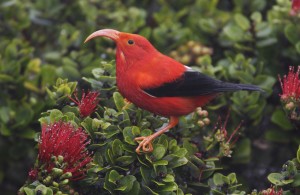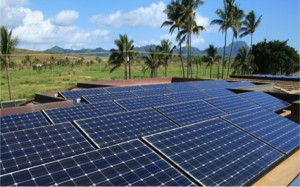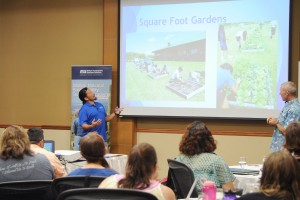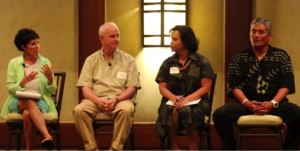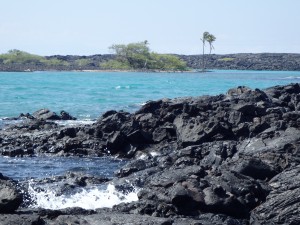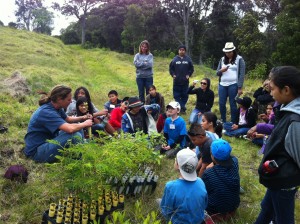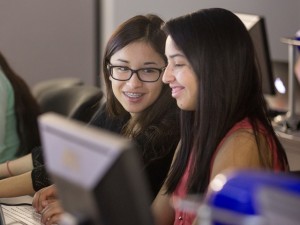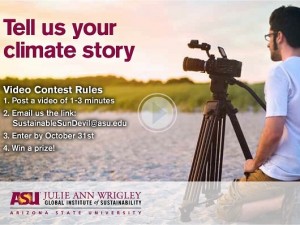Applications for Doris Duke Conservation Scholars Program Open Nov. 16
November 4, 2015
The Doris Duke Conservation Scholars Program at University of Washington (DDCSP@UW) offers 20 freshmen and sophomores the chance to participate in an eight-week immersion course beginning June 2016. The program creates a unique opportunity for students to travel wildlands and rural landscapes in Washington and address urban conservation issues.
Selection criteria include a demonstrated commitment to the environment and to diversity along with curiosity, creativity and enthusiasm. In exchange, students will:
- Explore conservation of biodiversity across urban, managed and protected environments;
- Connect biodiversity conservation to cultural heritage and environmental justice;
- Understand conservation in the context of food systems, water systems, climate systems and ecosystems; and
- Network with conservation professionals from agencies, NGOs and academic institutions.
The DDCSP covers the cost of travel, food and lodging during the eight-week program, and students receive a stipend of $4,000.
Applications available Nov. 16, 2015.
Learn more about the program at uwconservationscholars.org.
Recruitment information: 2016 DDCSP@UW Flyer.


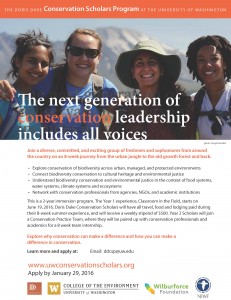
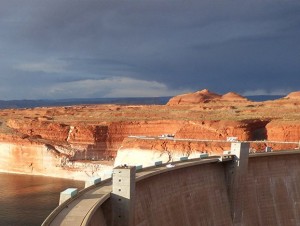
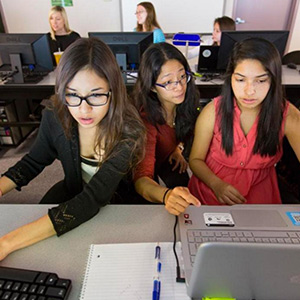 A group of high school girls in Mesa Public Schools
A group of high school girls in Mesa Public Schools 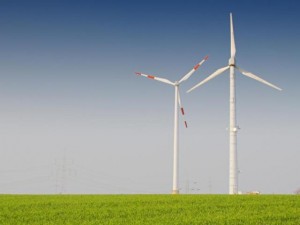
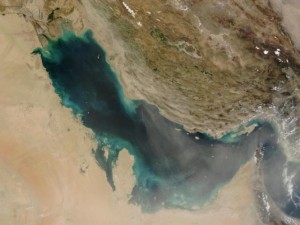
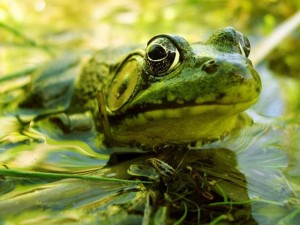
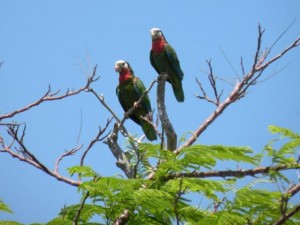
 We face severe environmental threats. But stories of human footprints that exceed 1.5 earths, prophecies of the extinction of man, total loss of biodiversity, and planetary boundaries are neither solid scientifically nor effective communication. Similarly fighting symbolic environmental battles, one court case at a time, is just as myopic as corporations can be when they maximize short-term profits. A better way to approach the problem is to ask what world do we want to live in in 2050? And what will it take to get to our desired world?
We face severe environmental threats. But stories of human footprints that exceed 1.5 earths, prophecies of the extinction of man, total loss of biodiversity, and planetary boundaries are neither solid scientifically nor effective communication. Similarly fighting symbolic environmental battles, one court case at a time, is just as myopic as corporations can be when they maximize short-term profits. A better way to approach the problem is to ask what world do we want to live in in 2050? And what will it take to get to our desired world?